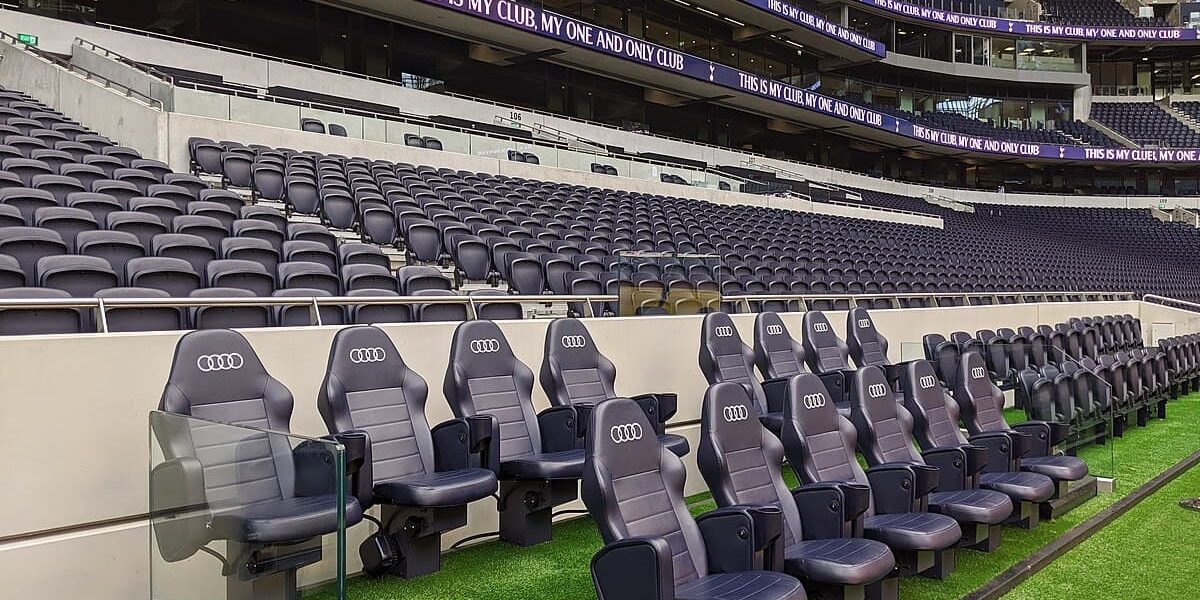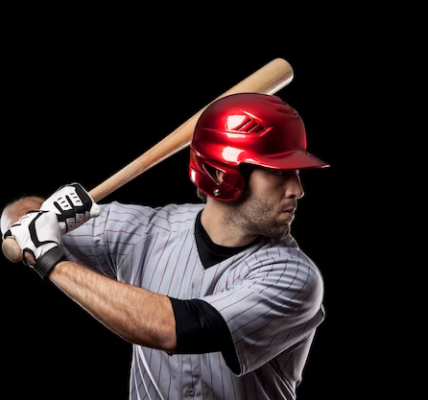Baseball’s allure extends beyond the crack of the bat and the roar of the crowd; it lies in the subtleties, like the placement of the home team’s dugout. Unveiling the mysteries of this tradition, advantages, and exceptions, we delve into the rich tapestry that shapes the game’s culture.
The Tradition of Home Team Dugout Side
As we step back into the annals of baseball history, the first-base side dugout emerges as a symbol of tradition. Rooted in the late 19th and early 20th centuries, the home team’s choice to occupy the first-base side had practical foundations. With clubhouses often positioned behind the first-base side, quick access to facilities streamlined preparations between innings.
Advantages of sitting on the first-base side have fueled this tradition. A clearer view of base runners, strategic decisions facilitated by a prime view of the batter’s box, and enhanced communication with umpires are among the perks. Yet, drawbacks persist, such as difficulty observing opposing pitchers and exposure to sun and heat.
Home Team Dugout Exceptions
Breaking from convention, some teams embrace the third-base side for their home dugout. Oracle Park and Wrigley Field showcase this deviation, with the San Francisco Giants and Chicago Cubs choosing strategic placements. Shielding players from adverse weather, optimizing communication, and preserving historical contexts drive these exceptions.
Climate control plays a pivotal role, as the third-base side offers protection from the elements. Historical context, dating back to a stadium’s construction, and a desire to maintain a connection to the past are powerful motivators for these unique choices.
In the realm of baseball traditions, the home team’s dugout location is typically predictable. However, certain MLB teams have chosen to break free from the norm, opting for exceptional placements that challenge the status quo. This exploration unveils the reasons behind these deviations, shedding light on the unique stories that unfold within these exceptional home team dugouts:
- The San Francisco Giants’ Oracle Park. One prime example of an exception to the traditional first-base side placement is found in the home of the San Francisco Giants, Oracle Park. Here, the Giants have strategically positioned their dugout on the third-base side. The rationale behind this choice is multi-faceted, involving the park’s orientation and efforts to minimize the impact of strong winds from the San Francisco Bay. The Giants’ decision showcases how factors beyond tradition, such as weather considerations, can play a pivotal role in determining home team dugout placement;
- The Chicago Cubs’ Wrigley Field. Wrigley Field, the historic home of the Chicago Cubs, provides another intriguing exception. Since the stadium’s construction in 1914, the Cubs have maintained a third-base side home dugout, a nod to historical circumstances. Despite renovations that have since altered clubhouse locations, the Cubs preserve this unique arrangement as a testament to their enduring history and the charm of Wrigley Field. This example highlights how historical context and a commitment to tradition can influence home team dugout choices;
- Factors Influencing Home Team Dugout Decisions. These exceptions are not arbitrary but often stem from a combination of factors. Climate control emerges as a significant influencer, with teams in regions experiencing colder climates or harsh weather conditions opting for the third-base side. This strategic choice provides better protection from the elements, ensuring players remain comfortable and perform at their best. Additionally, the third-base side may offer more shade from the sun, a valuable asset during hot summer days that can impact player performance.
Preserving historical context is another driving force behind choosing the third-base side. Some teams have maintained this placement for decades, fostering a connection to their past that resonates with fans and players alike. By embracing these traditions, teams create a sense of continuity that adds to the unique identity of their franchise.
In the world of baseball, where tradition often reigns supreme, the exceptions to home team dugout placement tell captivating stories. The San Francisco Giants and Chicago Cubs, among others, showcase how factors like climate control, historical context, and a commitment to preserving traditions can lead to exceptional choices. As we unravel these stories, it becomes clear that the rich tapestry of baseball is woven not only through tradition but also through the bold deviations that add depth and uniqueness to the game.
MLB Teams: List of Home Dugout Locations
Curious about which MLB teams defy convention? Here’s a comprehensive list, showcasing the diversity in home dugout locations, from the Giants at Oracle Park to the Yankees at Yankee Stadium.
The intricate world of Major League Baseball extends beyond the action on the field to the dugout choices made by each team. From traditional placements to unconventional deviations, this exploration delves into the dugout landscape of MLB, offering a comprehensive guide to home team locations and the stories behind these choices.
MLB Teams with Home Dugouts on the Third-Base Side:
Several MLB teams have embraced the unconventional by opting for the third-base side as their home dugout location. From the iconic San Francisco Giants at Oracle Park to the historic Chicago Cubs at Wrigley Field, these teams challenge tradition with strategic choices driven by climate considerations, historical context, and a commitment to preserving unique traditions.
- San Francisco Giants (Oracle Park):
- Chicago Cubs (Wrigley Field);
- Cleveland Guardians (Progressive Field);
- Los Angeles Dodgers (Dodger Stadium);
- Toronto Blue Jays (Rogers Centre);
- Miami Marlins (loanDepot Park);
- Oakland Athletics (RingCentral Coliseum);
- Pittsburgh Pirates (PNC Park);
- Arizona Diamondbacks (Chase Field);
- Detroit Tigers (Comerica Park);
- Chicago White Sox (Guaranteed Rate Field);
- Los Angeles Angels (Angel Stadium of Anaheim)
MLB Teams with Home Dugouts on the First-Base Side
The majority of MLB teams adhere to the traditional first-base side for their home dugouts. From the legendary New York Yankees at Yankee Stadium to the dynamic Houston Astros at Minute Maid Park, these teams follow the classic convention rooted in historical norms and strategic advantages.
- New York Yankees (Yankee Stadium);
- Kansas City Royals (Kauffman Stadium);
- Cincinnati Reds (Great American Ball Park);
- Seattle Mariners (T-Mobile Park);
- Atlanta Braves (Truist Park);
- Minnesota Twins (Target Field);
- Houston Astros (Minute Maid Park);
- Boston Red Sox (Fenway Park);
- Tampa Bay Rays (Tropicana Field);
- Milwaukee Brewers (American Family Field);
- Philadelphia Phillies (Citizens Bank Park);
- Colorado Rockies (Coors Field);
- Washington Nationals (Nationals Park);
- Baltimore Orioles (Oriole Park at Camden Yards);
- New York Mets (Citi Field);
- San Diego Padres (Petco Park);
- Texas Rangers (Globe Life Field);
- St. Louis Cardinals (Busch Stadium)
As we traverse the dugout landscape of MLB, it becomes evident that each team’s home base choice is more than a mere location—it’s a strategic decision, influenced by climate, history, and tradition. Whether adhering to the first-base tradition or breaking away with a third-base placement, these choices add depth to the narrative of America’s favorite pastime, showcasing the diversity and uniqueness that define the world of baseball.
Conclusion
Beyond aesthetics, the home team’s dugout placement reverberates through baseball’s strategies, performances, and fan experiences. Tradition dictates the first-base side, but exceptions speak volumes about stadiums, climates, and team histories. In the subjective choice of where to sit lies the essence of baseball’s rich tapestry, weaving stories of teams, stadiums, and passionate fans.




